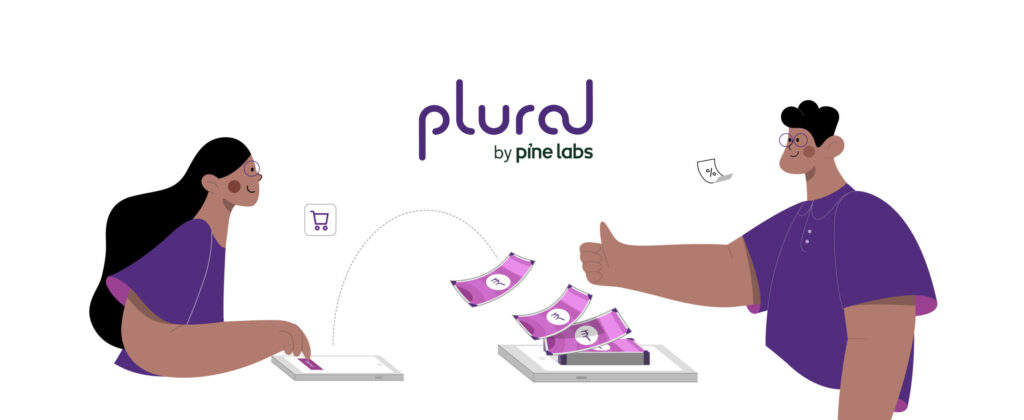Digital payments have come a long way in India. While it seems just like yesterday that financial transactions first went digital today, the landscape of digital payments in India reflects a remarkable evolution. Fast forward to the present, and we find contactless payments already integrated, voice-activated payments gaining prominence, and the anticipation of UPI 2.0 in the pipeline!
These financial innovations have a fantastic effect on both households and corporates. In fact, almost 85% of all Indian businesses are expected to transit to digital payment methods by FY26. But that’s not all. In the case of a business, the role of these innovations is much more dynamic.
All these rapid developments and inventions compelled the entire framework of the vendor payment system to undergo an overhaul. The aftermath? This arguably tedious and recurrent financial obligation became a cakewalk. So, if your business is still unaware of the vendor payout evolution and its benefits, read this blog as we spill the beans on that.
What is a vendor payout system?
Vendor payout system refers to the process through which a business pays its vendors and suppliers for any purchased product or service. In accounting terms, it’s called “bills payable” or “accounts payable.”
This is a long-drawn, tardy process that starts when the business receives an invoice from its vendor and ends with the clearing of the invoice. In between these two steps, there are multiple verification and approval requirements. In fact, some businesses may also conduct a reconciliation to ensure there are no discrepancies between their record and the vendor’s invoice.
What are the traditional vendor payout methods in India?
In India, traditional vendor payout methods have evolved over time, reflecting a mix of conventional and modern approaches. Below are the major traditional vendor payout methods in India that continue to be widely used:
Cash
As of 2023, about 45% of all B2B companies opt for cash to pay their vendors. Especially for small payments, cash is considered the best vendor payout means as it entails no liquidity issues and can be used instantly.
Cheques
Beyond a certain amount, paying for an invoice in cash could raise certain security and accounting concerns. That’s where cheques come to the rescue. In fact, they are also the most common vendor payment tool across India.
Demand drafts (DDs)
A Demand Draft (DD) is a tangible document that facilitates funds transfer. It’s a pre-paid banking instrument that a business raises and delivers to its vendor. Upon depositing the same in their bank account, the vendor receives the payment.
Direct bank transfer
Demand Drafts usually take between 2-3 working days to clear off a payment. That’s why both businesses and vendors are shifting towards other quicker modes like bank transfers. Methods like NEFT, RTGS, and IMPS not just instantly settle payments but also ensure extra security.
Wire transfer
For businesses working with international vendors, wire transfer turns out to be the best vendor payout method. From SWIFT to SEPA, these systems are easy and convenient and offer maximum cost-efficiency to a business.
These traditional vendor payout methods showcase the diverse financial landscape in India, where a combination of legacy practices and modern technologies coexist to facilitate transactions across various sectors.
India’s vendor payout evolution – 3 new innovative techniques
As mentioned above, the vendor payout system in India has radically shapeshifted with the emergence of digital payment techniques. This shift not only expedites transactions but also introduces greater efficiency and security.
Here are three innovative techniques that exemplify India’s evolving vendor payout landscape:
Unified payments interface (UPI)
UPI is a groundbreaking fintech innovation that currently accounts for 84% of all digital payments. And why not? It is equipped with unparalleled convenience, after all. For a business, whether an invoice amount is big or small, UPI enables it to pay the vendor in a few taps.
Mobile wallets
Another exemplary vendor payout evolution, mobile or digital wallets are quick, efficient, and safe. For businesses dealing with multiple vendors, they emerge as an ideal option. You only need to transfer a lump sum amount to your mobile wallet once, and that makes you ready to pay all your vendors without any interference from the bank.
Payment aggregator apps
Though less prevalent, payment aggregators also double up as incredible vendor payout solutions. These applications offer multiple robust features and functionalities that foster simplistic yet efficacious vendor payments. This means you can not only transfer funds but also manage invoices. This way, you can streamline your financial transactions and enhance overall efficiency in managing payments.
If you are looking for a payment aggregator app that offers seamless vendor payout options, Plural by Pine Labs can help. With our Affordability Suite, you can effortlessly pay your vendors and keep track of all the payments and invoices at a centralised location. For more details, tap here!
Wrapping up
The Indian vendor payout evolution is astonishing. It marks our metamorphosis from a rigid, technologically limited country to a smart, flexible, and digitally savvy one. Moreover, it has also added the essence of convenience to a business’s financial operations. If you haven’t yet equipped yourself with the tools to leverage these pros, now is the best time to make it happen.
In this context, you can check out Plural Affordability Suite. It is a digital payment aggregator that offers swift vendor payout solutions, debit and credit card EMIs, brand EMIs, and +25 other payment options. Plural is your all-in-one solution for all your smart digital payments. To know more, write to us at pgsupport@pinelabs.com.
Plural by Pine Labs has received an in-principle authorisation from the Reserve Bank of India (RBI) to operate as a Payment Aggregator.



